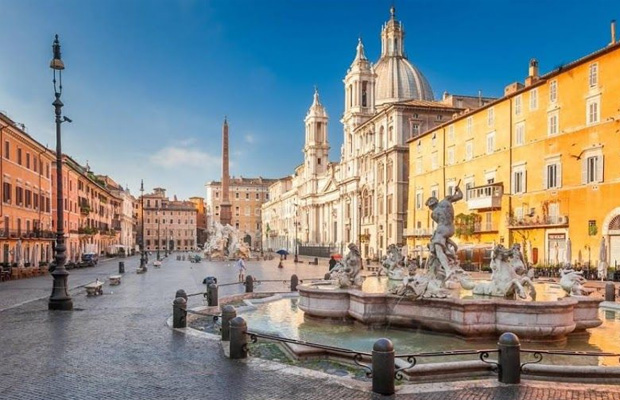Villa Borghese
Villa Borghese
Italy
Rome
Rome Travel Guide
Book Tour & Activities
Your tour in Rome.
Book your stay
Your hotel in Rome.
Overview
Villa Borghese is a landscape garden in Rome, containing a number of buildings, museums and attractions. It is the third largest public park in Rome after the ones of the Villa Doria Pamphili and Villa Ada.
Villa Borghese is a landscape garden in Rome, containing a number of buildings, museums and attractions. It is the third largest public park in Rome after the ones of the Villa Doria Pamphili and Villa Ada. The gardens were developed for the Villa Borghese Pinciana, built by the architect Flaminio Ponzio, developing sketches by Scipione Borghese, who used it as a villa suburbana, or party villa, at the edge of Rome, and to house his art collection. The gardens as they are now were remade in the late 18th century.
History
In 1605, Cardinal Scipione Borghese, nephew of Pope Paul V and patron of Bernini, began turning this former vineyard into the most extensive gardens built in Rome since Antiquity. The vineyard's site is identified with the gardens of Lucullus, the most famous in the late Roman republic. In the 19th century much of the garden's former formality was remade as a landscape garden in the English taste (illustration, right). The Villa Borghese gardens were long informally open, but were bought by the commune of Rome and given to the public in 1903. The large landscape park in the English taste contains several villas. The Spanish Steps lead up to this park, and there is another entrance at the Porte del Popolo by Piazza del Popolo. The Pincio (the Pincian Hill of ancient Rome), in the south part of the park, offers one of the greatest views over Rome.
The Piazza di Siena, located in the villa, hosted the equestrian dressage, individual jumping, and the jumping part of the eventing competition for the 1960 Summer Olympics. A balustrade (dating from the early seventeenth century) from the gardens, was taken to England in the late 19th century, and installed in the grounds of Cliveden House, a mansion in Buckinghamshire, in 1896. In 2004, a species of Italian snail was discovered, still living on the balustrade after more than 100 years in England.
Address: Piazzale Napoleone I, 00197 Roma RM, Italy
Phone: +39 06 0608
Video Travel Inspiration
See Villa Borghese on Map
Most Popular Cities

Siem Reap
Cambodia
Ho Chi Minh City
Vietnam
Beijing
China
Paris
France
London
United Kingdom
New York
USA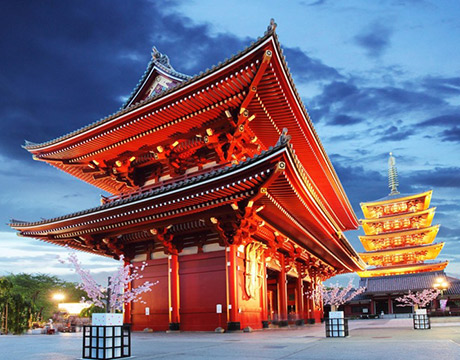
Tokyo
Japan
Bangkok
Thailand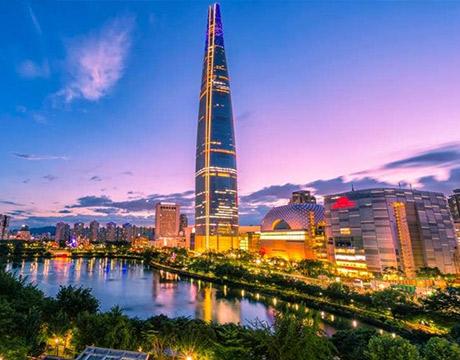
Seoul
South Korea
Vientiane
Laos
Yangon
Myanmar
Washington DC
USA
Los Angeles
USA
Ottawa
Canada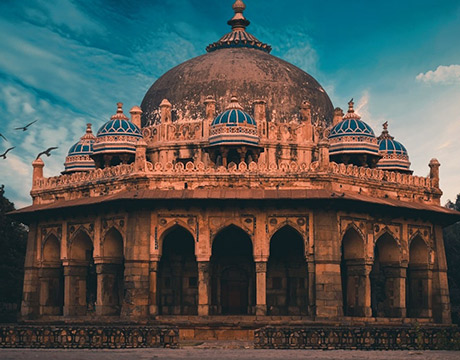
New Delhi
India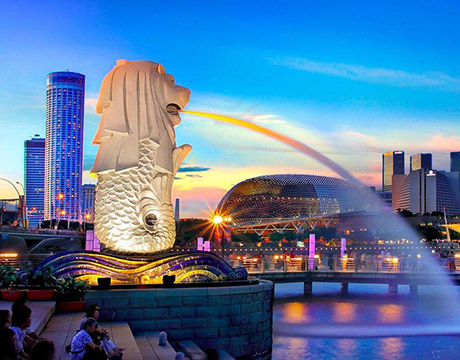
Singapore
Singapore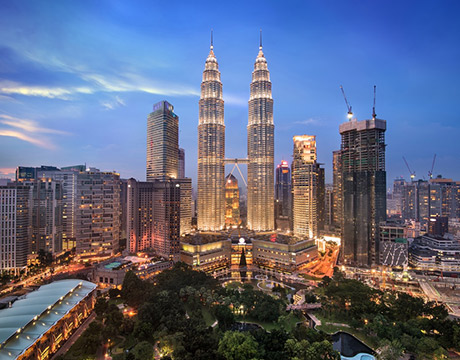
Kuala Lumpur
Malaysia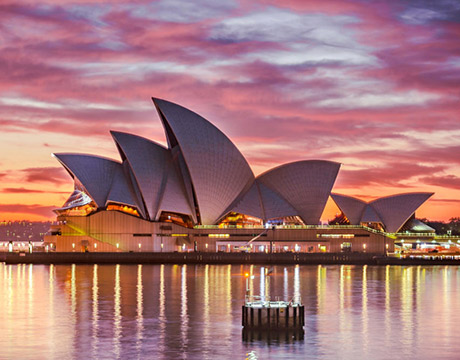
 English
English French
French Khmer
Khmer Thai
Thai Vietnamese
Vietnamese Chinese
Chinese Korean
Korean German
German Japanese
Japanese Italian
Italian Russian
Russian Spanish
Spanish Dutch
Dutch Indonesian
Indonesian Malay
Malay





